Red in the Shade of Invincible White
Nigel Dawe
Well, put it down as a sign, or dare I say a ‘symptom’ of the times, a game canceled at the 11th hour because of an occurrence of the Corona virus (on that note and most importantly, sincere best wishes to the entire Essendon Football Club and that everything pans out okay for all at Windy Hill). But the more things change, the more they stay the same, albeit return to a point where they began. And so, it occurred to me, Australia’s national game both symbolically and literally looped a full 16 decades back in time to its origins last Sunday.
That being an intra-club match on the MCG between the gents of the Melbourne Football Club. If our boys were wearing all white (which was the club’s original playing attire, keeping in mind they were to a person – cricketers, that merely wanted to keep themselves fit during the winter months) then the journey back to our beginnings would’ve been made complete.
Thus the team’s first nickname ‘The Invincible Whites’, and if you think that’s a little tame or perhaps quaint in some way, then reconsider, because apparently the matches back then were of a highly competitive and take no prisoners nature (rather like our spirited ‘hit-out’ on the weekend) only no-one had to replace their torn shirt four times in the course of ‘play’ like one of our pioneers did in the early days.
I can’t help thinking how the ghost of Tommy Wills was in some way watching or pacing the boundary line, perhaps wishing he were able to once again physically enter the fray.
So, without an official game last week, I dug out my hen’s tooth copy of my favourite Melbourne match, which might come as quite the surprise to some fans, as it’s not even a first grade game, but it’s one that has enabled me to say – “yep, I’ve actually seen a Demons team win a big dance on the last Saturday of September at the MCG.”
It was of course the Greg Healy-led reserves grade Premiership of 1993, and if you haven’t ever seen this match, it is an absolute spirit-churning corker for the ages. Not only did Melbourne kick the first 9 goals of the game, it was an outing that was almost clinically executed from start to finish by our boys, some of whom played their last game in the red and blue. Darren Bennett was one such trooper, who kicked 3 absolute sound barrier breaking big ones (all in the first quarter) before he headed to the States to teach them a thing or two about punting like you really mean it!
My highlight (and it may be out of sync with the central tenets or tone of the modern game, and I’m certainly not condoning violence, but ‘flying the flag’ for your club in a Grand Final is an exempt-able matter as far as I’m concerned) was the Graeme Yeats instigated goal-square melee at the city end just before half-time.
To say it made last week’s Bulldogs-Giants tangle look like a meek night on Dancing With the Stars, would be an understatement. But the real throw-back for me was the ‘delighted’ reaction of the commentators (Drew Morphett, Bernie ‘Super Boot’ Quinlan and Dennis Cometti) whom each dissected the fracas with an analytical-tilt you wouldn’t see anywhere beyond the labs that are now trying to concoct a cure for Covid! They even managed to somehow get it shown later in the match in slow motion (“for those that may have missed it!”).
Different times, yes, but to this day it remains a game and a club for those willing and wanting to test themselves and have a red hot go, as Norm Smith himself once said: “League football is 70 percent guts. Split the other 30 percent any way you like.”


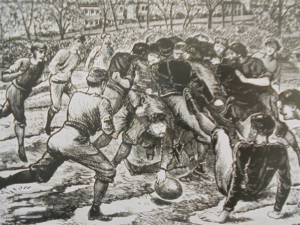
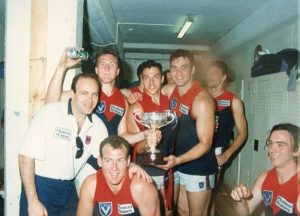
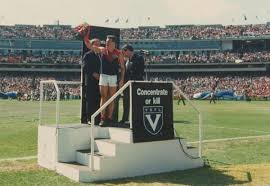
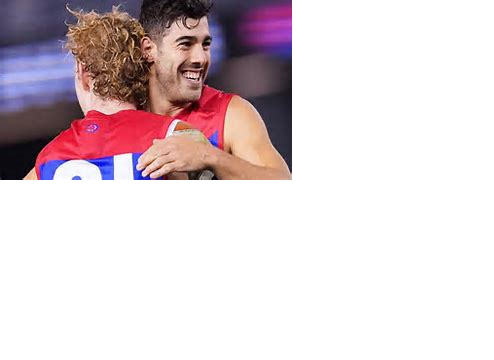
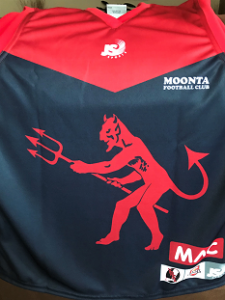
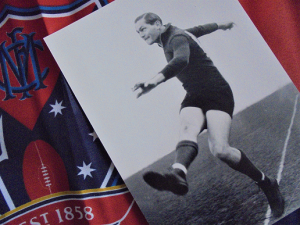
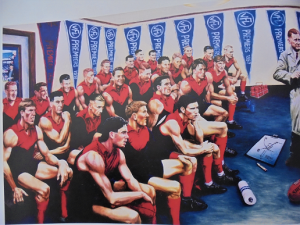
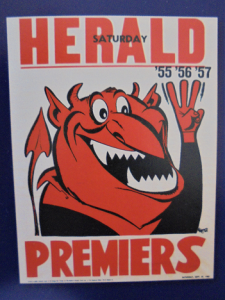

 Follow us on twitter
Follow us on twitter Join our facebook group
Join our facebook group